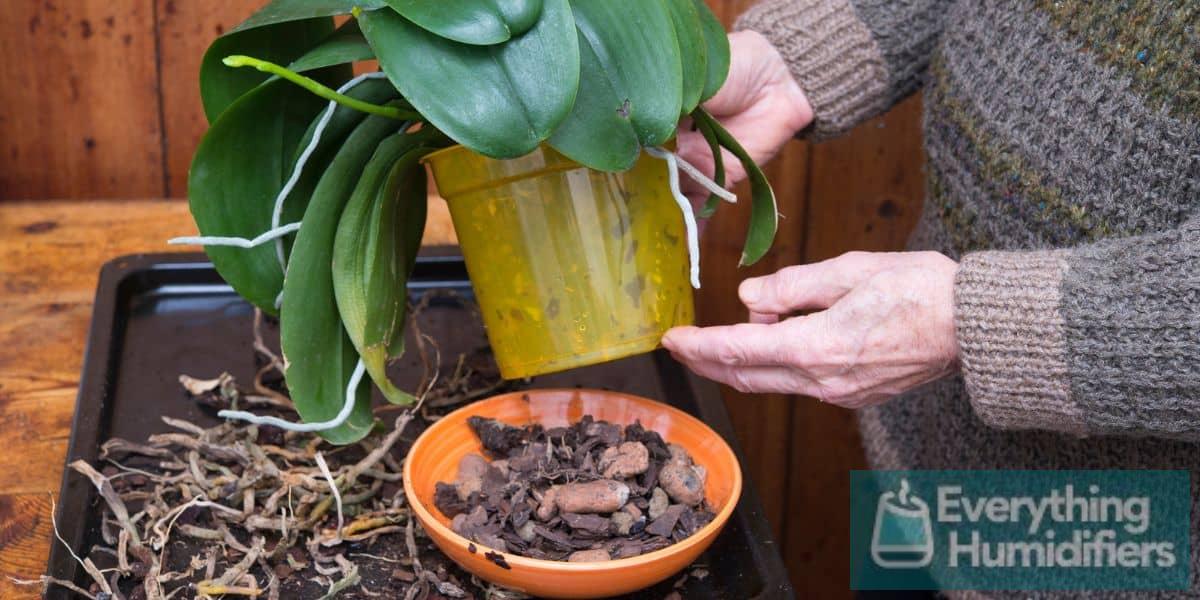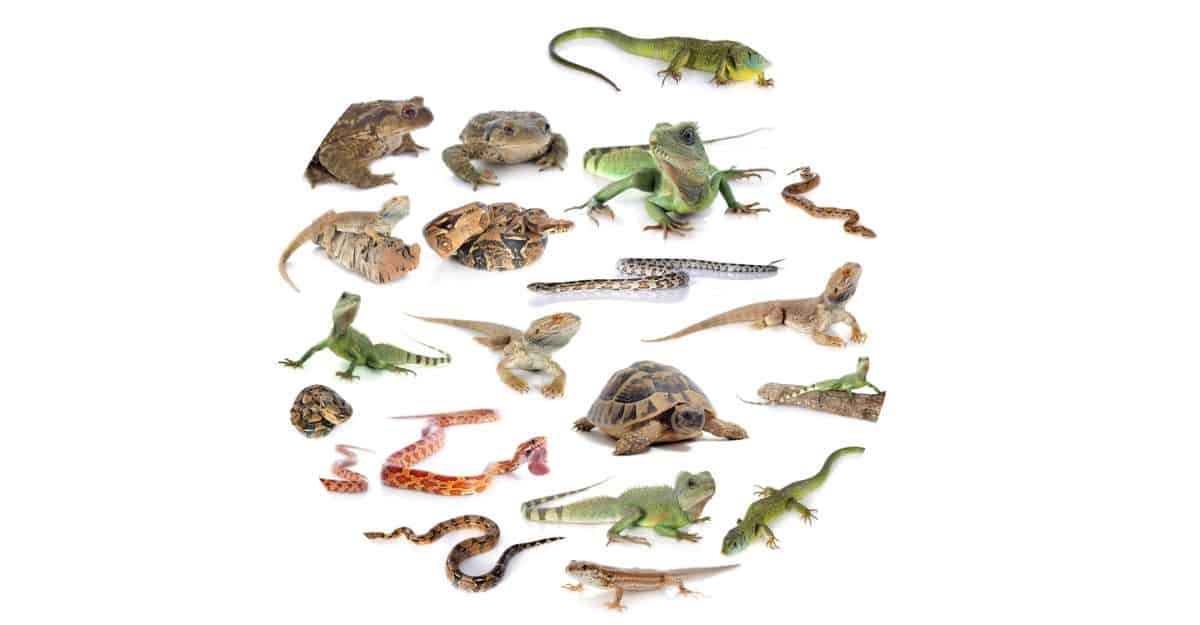Humidity plays a vital role in making soft cheeses as it affects the cheese’s flavor, texture, and overall quality.
If you plan to try cheesemaking as a hobby or as a small business, understanding the importance of the ideal humidity levels for making soft cheese is vital to producing quality cheese.
Humidity levels for making and aging soft cheese are generally high, ranging from 75% to 95%, depending on the cheese type and the process stage. Soft cheeses, such as Brie, Camembert, and goat cheese, are susceptible to changes in humidity during the cheese-making process.
Suppose you cannot maintain the correct humidity in your cheese cave, refurbished refrigerator, cheese closet, or cellar.
In that case, the cheese you produce may not resemble the flavors and textures of the specific type of cheese you know and love.
And that is not what you want!

Let’s look at the stages of cheese making
Curd formation is the first process in which milk is heated and combined with rennet, an enzyme that causes the milk to thicken and form curds.
Drainage: This step removes excess water from the curds. Soft cheeses are spooned into a mold lined with cheesecloth.
Molds are stacked on racks where the air can circulate, helping the ripening process. As the cheese drains, the texture becomes firmer.
To learn more about cheese draining, read this interesting article from the CheeseMaker.
Salting: Salt is added to the cheese to enhance and develop the flavor.
The amount of salt used can vary depending on the type of cheese being made. Salt can be added by sprinkling it over the curds or rubbing it into the cheese’s surface.
Salt helps draw out moisture from the cheese, giving it a firmer texture and enhancing the flavor by balancing sweetness and acidity.
Ripening: Soft cheese is left to age for up to several months, depending on the type. During this process, humidity is vital and needs to be high to prevent the cheese from drying out.
Optimum levels range from 85% to 90%. In general, soft cheeses require far less ripening time than hard cheeses.
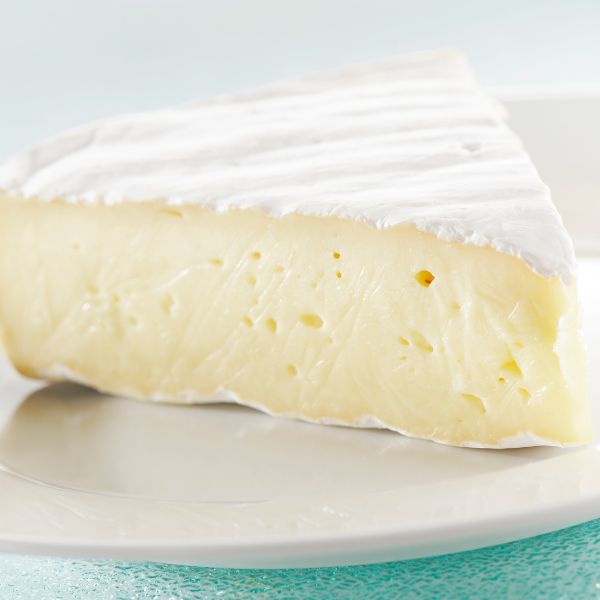
How do you determine your humidity?
Moisture in the air, which is not rain, is known as humidity. It can be measured using a small hygrometer displaying a percentage reading. A reading of less than 30% indicates very low humidity.
A reading between 30% and 60% suggests normal humidity for average homes.
Above 60% means high humidity and moist air. For soft cheese, humidity levels of between 85% to 95% are required.
| Soft Cheese | Cheesemaking Stage | Temperature | Humidity |
|---|---|---|---|
| Brie | Drying | 58 – 64 F (14 – 18 C) | 55 to 65% |
| Brie | Bloomy Rind Aging | 52 54 F (11 – 12 C) | 90 to 94% |
| Camembert | Drying | 58 – 65 F (14 – 18 C) | 60 to 75% |
| Camembert | Ripening & Surface Mold | 52 – 56 F (11 – 13 C) | 92 to 95% |
| Chevre (Goat cheese) | Ripening | 45 – 48 F (7 – 8 C) | 90% |
| Gorgonzola | Aging | 52 – 56 F (11 – 13 C) | 92 to 97% |
| Roquefort | Aging | 50 – 52 F (10 – 11 C) | 92 to 95% |
What happens to soft cheese if the humidity is too low?
Humidity that is too low can negatively affect soft cheese.
The cheese dries out and becomes crumbly
Low humidity will cause the cheese to dry out. This natural process is called evaporation, which causes moisture to dissipate from the cheese into the air. Soft cheese needs to retain as much moisture as possible to remain creamy.
The cheese will develop a hard shell
Some soft cheeses, like Camembert, have a soft shell, while others, like cottage cheese, have no shell.
Dry air will cause the cheese to develop a hard shell. This can trap excess moisture inside the cheese, creating a breeding ground for unwanted bacteria and mold.
The flavor will be ‘off’
If the curds dry out during the curd-making stage, the cheese cannot take on the correct flavor and aroma. It may become too bitter, tangy, or acidic.
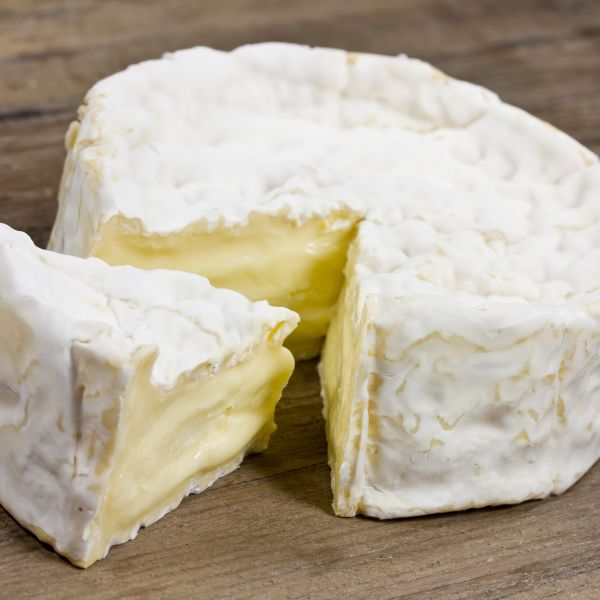
| Low Humidity Effects on Soft Cheese | High Humidity Effects on Soft Cheese |
|---|---|
| dries out and becomes crumbly | becomes slimy |
| develops a hard shell | encourages ‘bad’ bacteria growth |
| flavor will be ‘off’ | ripens too quickly |
What happens to soft cheese if the humidity is too high?
Humidity too high is also not ideal for soft cheese and can affect ripening.
Cheese can become slimy
High humidity can cause the cheese to become slimy and yucky to eat.
Encourages the growth of bacteria
Bacteria flourish in places that offer warmth, dampness, and sustenance.
Cheese stored in spaces with very high humidity can become breeding grounds for dangerous bacteria that will render the cheese inedible.
Cheese can ripen too quickly
Soft cheeses require a specific amount of time to ripen and develop their desired flavor and texture. I
If the humidity is on the high side, the cheese can ripen too quickly, resulting in overly ripe, sour, or even spoiled cheese.
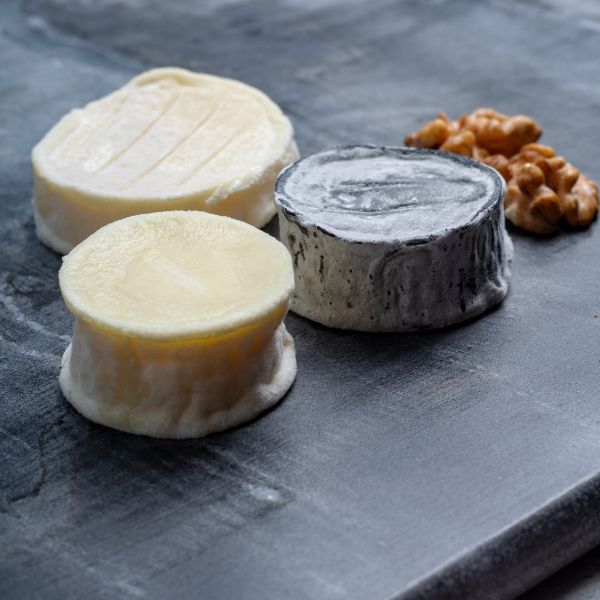
What other factors affect soft cheese making?
Cheesemaking requires patience and care. Apart from humidity, other factors may affect the flavor and texture of the cheese.
Milk quality
Poor milk quality can affect the final composition of the cheese, its texture, flavor, and appearance.
Cheese cultures
While adding mold to cheese may not sound like a good idea, ‘good’ mold determines the cheese’s taste. Cheesemakers must consider the quality and type of cheese cultures added to the curds.
Temperature
Depending on the cheese and the process stage or aging, temperatures can range between 40°F to 60°F.
Airflow
Cheese needs to be placed in a space with adequate airflow to help with drying.
This must be controlled and should not be excessive.
Draughty spots or areas under air vents or air conditioners will cause the cheese to dry out too fast, spoiling the flavor and texture.
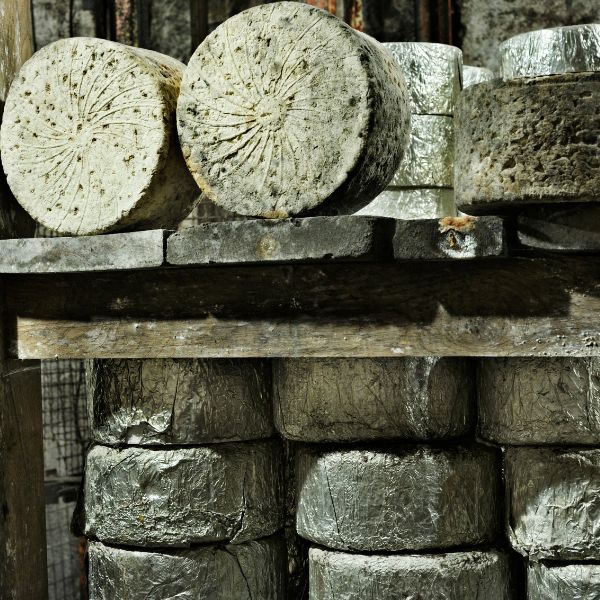
How is humidity controlled?
Keeping humidity high in your cheese storage area can be a challenge.
If you live in a location with high humidity, your home environment may already be suitable for cheese-making.
However, if your cheese cave has low humidity, you must artificially increase the humidity levels to meet the required soft cheese-making standards.
You can opt for some traditional manual methods if you need to increase the humidity by a small amount.
Wet cloths
Placing wet cloths in the cheese cave can increase humidity levels. The clothes should be regularly changed and dipped into fresh water.
Water trays
Placing water trays in your cheese cave or storage area can increase humidity. Ensure they are washed regularly to prevent the growth of harmful bacteria and mold.
Cheese mats
Cheese mats made of natural materials such as bamboo or spruce can also help maintain humidity levels by providing a surface that can absorb and release moisture.
Use a mist sprayer
This may become labor intensive, but spraying mist into a room or cheese cave will increase the humidity level temporarily.
Plastic Covered Trays
Place your cheese in plastic trays or boxes with paper lining. Since the cheese is enclosed, humidity is retained in the box instead of evaporated. However, you must check and remove any condensation that may form.

Install a humidifier
If you live in a place with low humidity, a far easier idea is to install a humidifier.
A humidifier will ensure you can maintain a specific humidity level for long periods.
This will allow you to enjoy your cheesemaking hobby rather than stress about the adverse effects of too high or too low humidity.
However, it is worthwhile remembering that humidity can change with the seasons and you may need to modify your humidifying method to provide the best results.
With some trial and error, you will soon produce your own artisan cheeses to enjoy!











